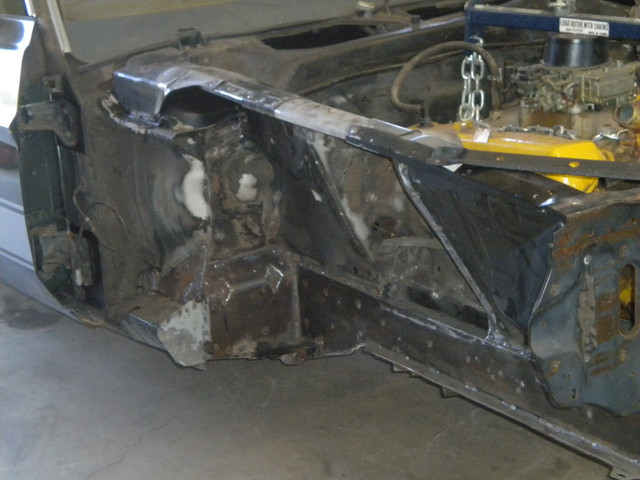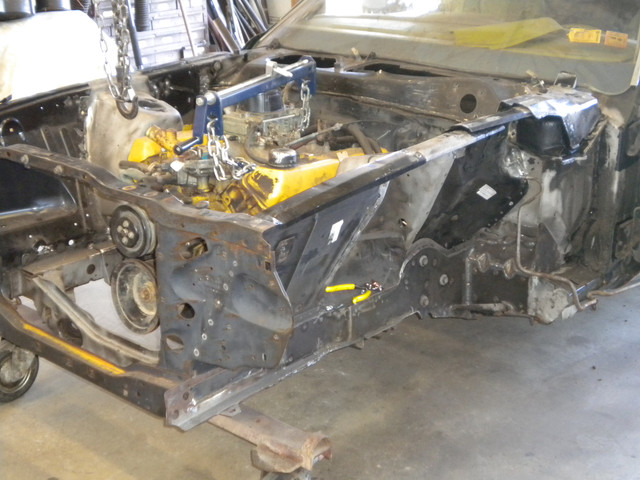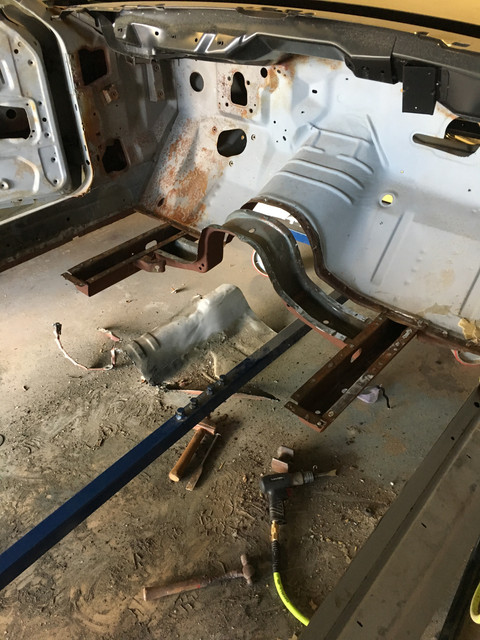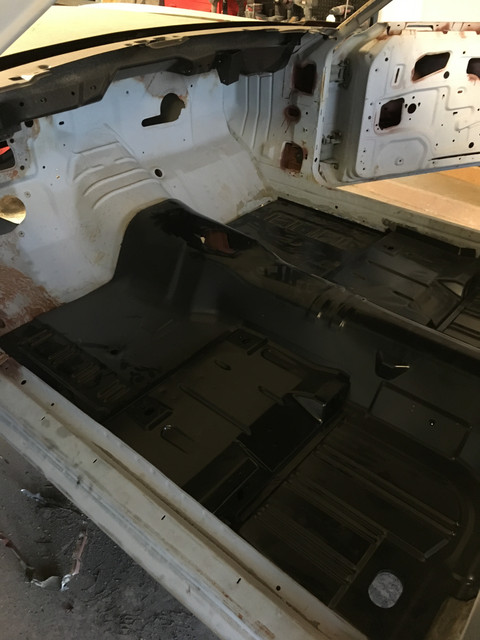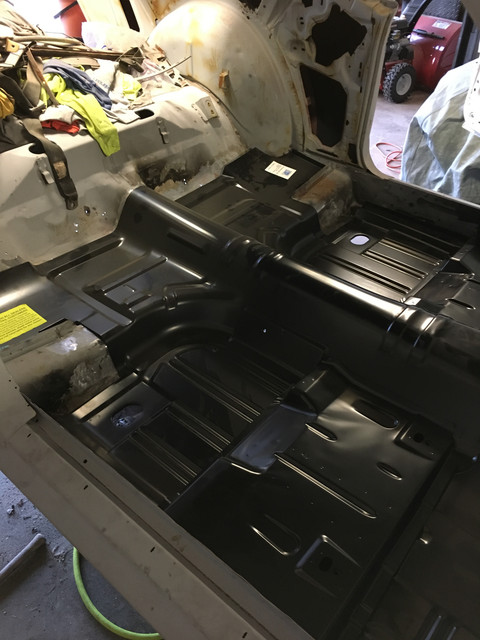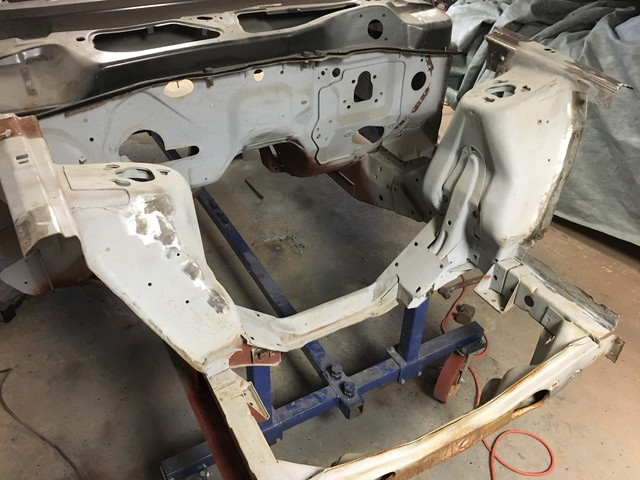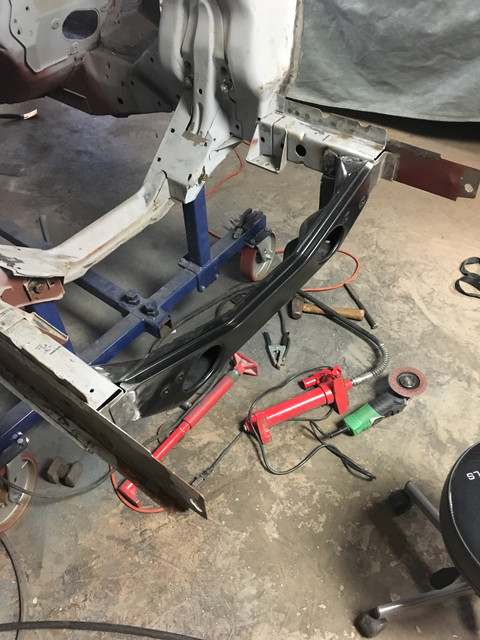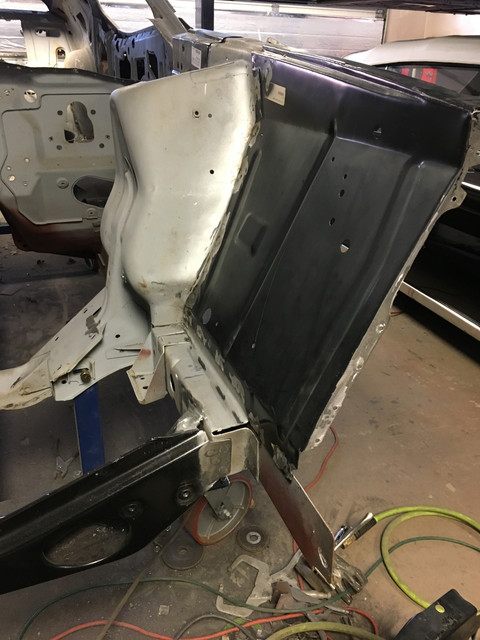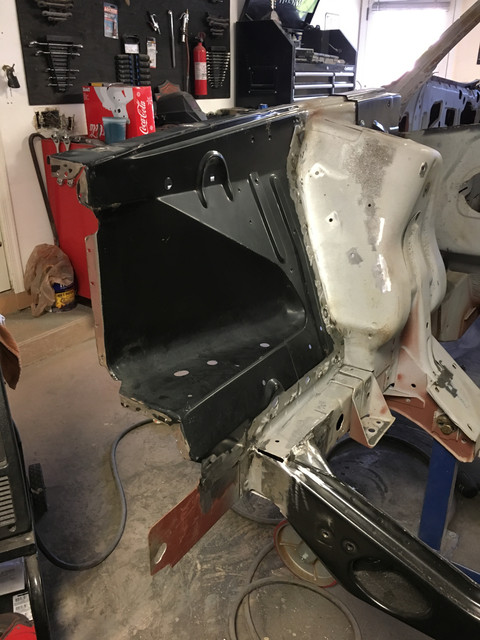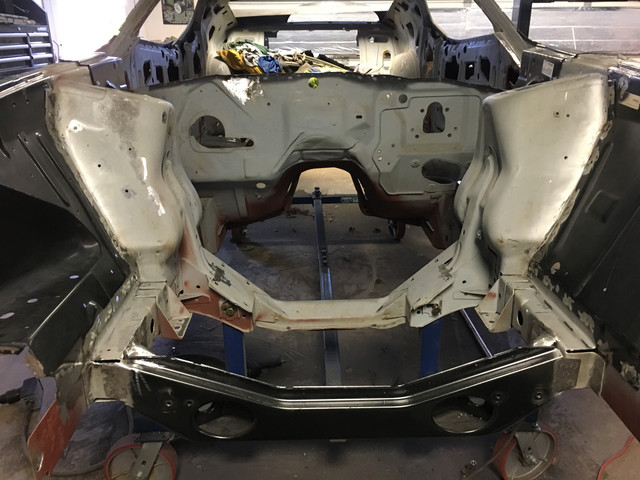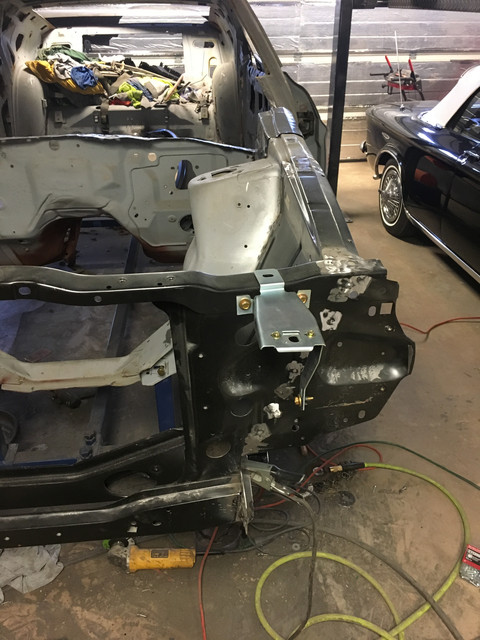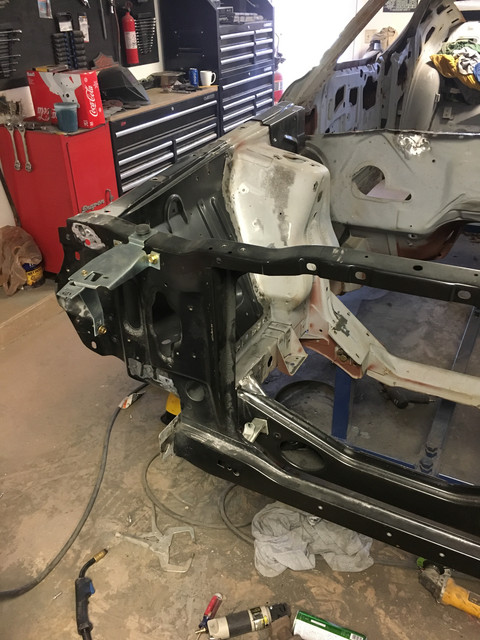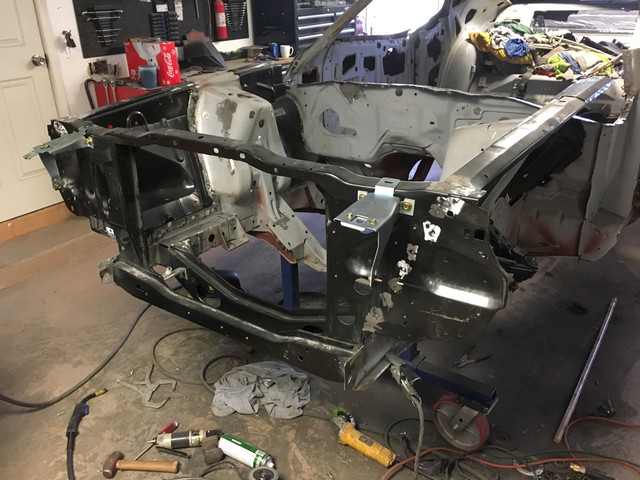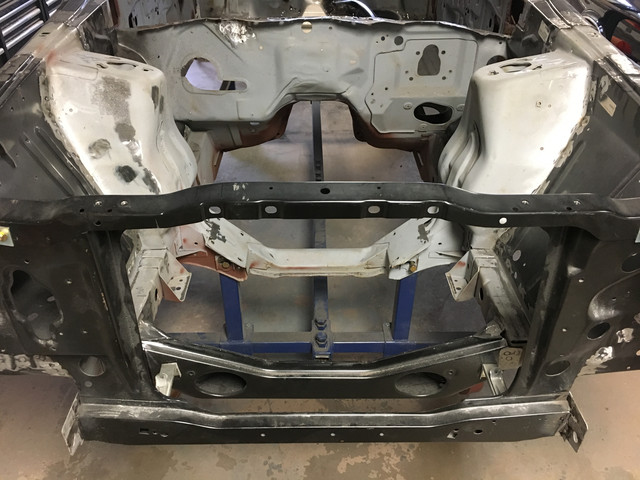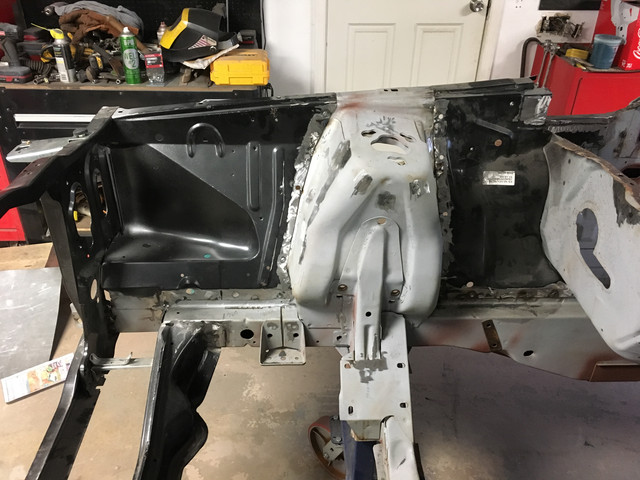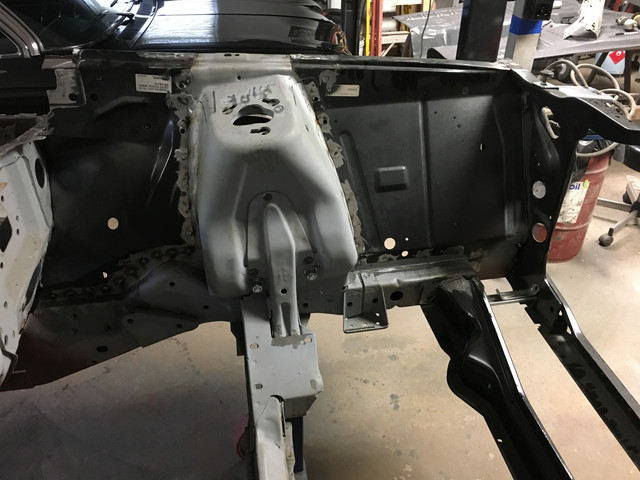- Joined
- Jan 12, 2017
- Messages
- 269
- Reaction score
- 0
- Location
- USA - Florida
- My Car
- 1972 Mustang Mach 1
2011 Mustang GT
I've recently been looking into whether or not I want to go for a full "frame off" restoration. My car has a lot of rust as you can see in the pic below. I feel like if I do not go all the way with this project and get this on a rotisserie there is definitely rust that will be missed and remain on the frame or underside of the body.
If you already did or are in the process of doing a full frame off restoration, please share your experience and some pics of the process. I am very interested in going this route and would love to hear all of the good/bad involved. It seems like you really need to have a lot of space to be able to do this. I am working with a two car garage that has maybe 9 or 10ft high ceilings at mos. So I'm not sure this would even work in my current space or if I would need to outsource this part of my project or borrow space from a friend in his large garage.
See pics below of the underside of my 72. I'm sure you will all agree a full frame off resto is probably my best bet. If not I'd love to hear of ways around this! Lol
Looking forward to seeing your pics and hearing all about your experiences with this.
Thanks!
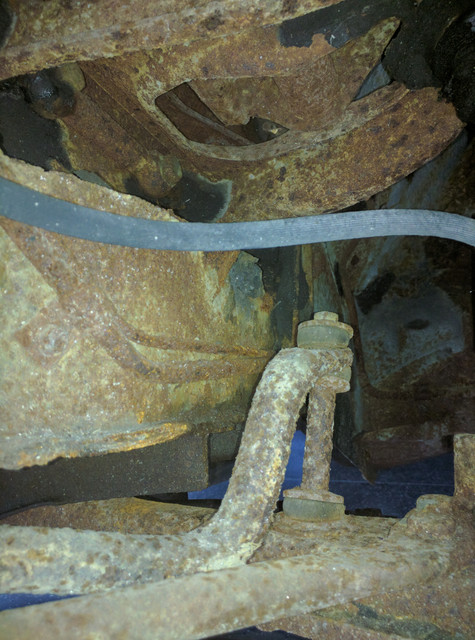
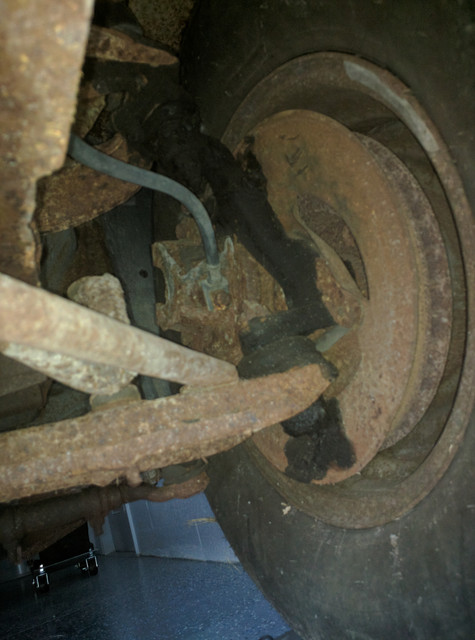
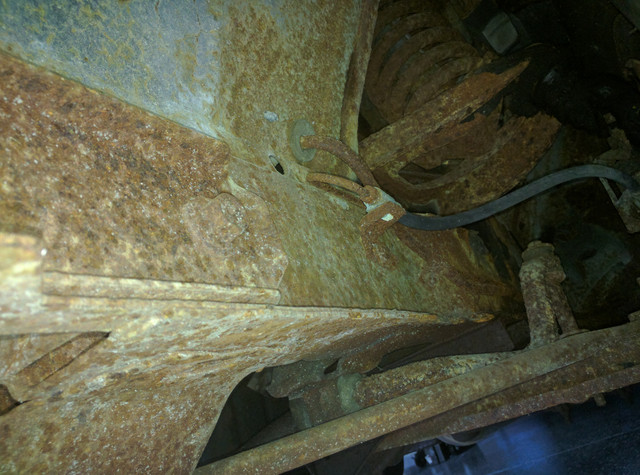
If you already did or are in the process of doing a full frame off restoration, please share your experience and some pics of the process. I am very interested in going this route and would love to hear all of the good/bad involved. It seems like you really need to have a lot of space to be able to do this. I am working with a two car garage that has maybe 9 or 10ft high ceilings at mos. So I'm not sure this would even work in my current space or if I would need to outsource this part of my project or borrow space from a friend in his large garage.
See pics below of the underside of my 72. I'm sure you will all agree a full frame off resto is probably my best bet. If not I'd love to hear of ways around this! Lol
Looking forward to seeing your pics and hearing all about your experiences with this.
Thanks!










